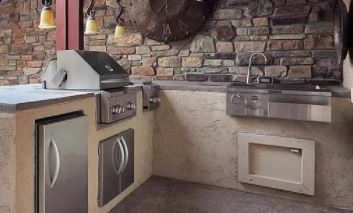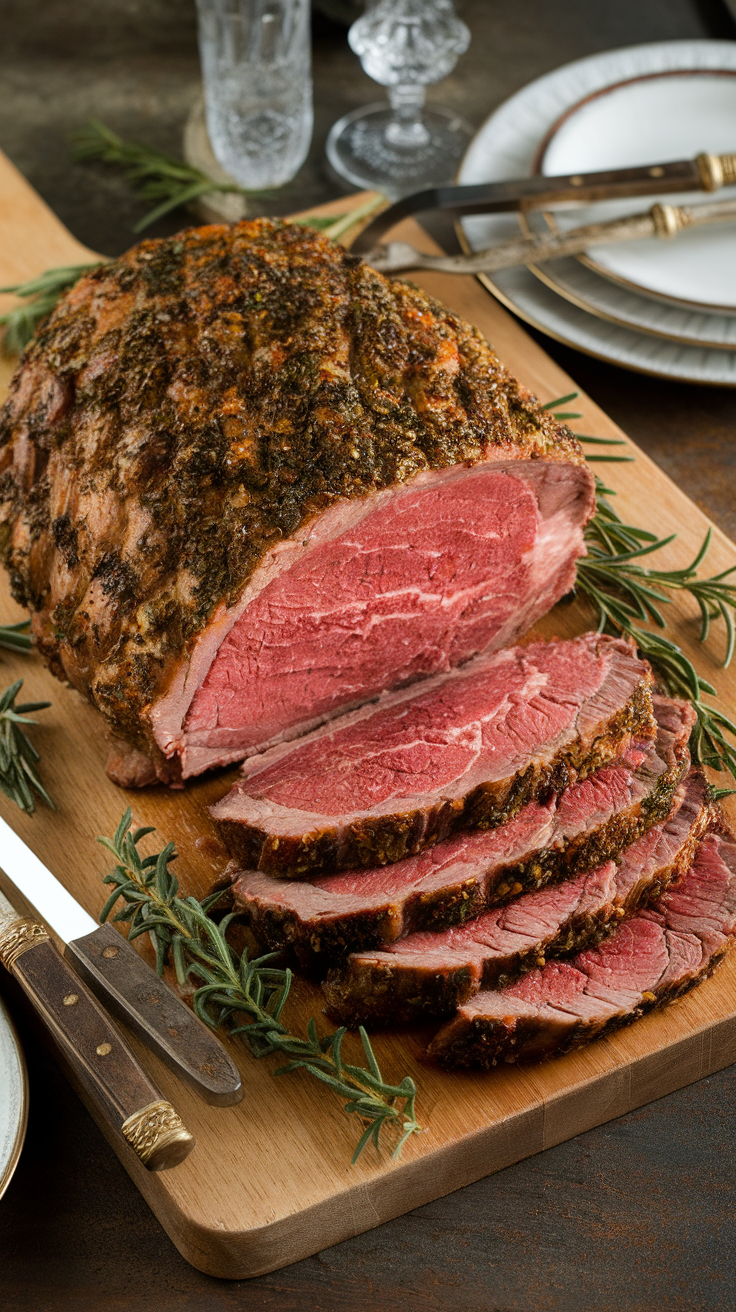Using a Patio Heater
Using a Patio Heater: Tips and Tricks for Optimal Performance

When using a patio heater, there are several important considerations to keep in mind to ensure your safety and the longevity of your equipment. Here are some key points to keep in mind:
Indoor Safety Concerns
It is important to note that patio heaters are designed for outdoor use only. Indoor usage can lead to serious safety concerns, including carbon monoxide poisoning and fire hazards. Always use your patio heater in a well-ventilated outdoor space to avoid any potential hazards.
Garage Considerations
If you plan to store your patio heater in a garage, make sure that the area is well-ventilated and free from any combustible materials. Keep in mind that propane and natural gas heaters should never be used or stored in an enclosed space, as this can lead to dangerous gas buildup.
Outdoor Adaptability
Patio heaters are adaptable to a variety of outdoor spaces, including covered porches and outdoor patios.
When placing your patio heater, be sure to consider clearance requirements and ensure that the area is well-ventilated. Additionally, be aware of any potential fire hazards, such as nearby trees or other combustible materials.
Covered Porch Placement
When using a patio heater on a covered porch, make sure that the area is well-ventilated and that the heater is placed in a safe location.
Keep in mind that covered porches may not provide adequate ventilation, so it may be necessary to open windows or doors to ensure proper airflow. Make sure there is enough clearance on all sides of the heater.
Patio Heater Types
When choosing a patio heater, there are several types to consider. Each type has its own advantages and disadvantages, so it’s important to choose the one that best fits your needs. In this section, we’ll take a look at three types of patio heaters: fuel-based heaters, electric heaters, and mounting options.
Fuel-Based Heaters
Fuel-based heaters are a popular choice for outdoor heating. They come in two main types: propane patio heaters and gas heaters.
Propane patio heaters are fueled by propane gas, while gas heaters can be fueled by either natural gas or propane gas.
Propane patio heaters are portable, making them a great choice if you want to move your heater around your patio. They are also easy to maintain, with most models requiring only occasional cleaning and replacement of the propane tank.
Gas heaters, on the other hand, are typically wall-mounted, hanging, or freestanding. They are a good choice if you want a heater that is more permanent and doesn’t require frequent refueling. However, they do require a gas line to be installed, which can be expensive.
Electric Heaters
Electric patio heaters are another option to consider. They work by using electromagnetic waves to heat up the surrounding air.
Electric heaters are a good choice if you don’t want to deal with fuel sources like propane or gas. They are also easy to use, with most models featuring simple controls for adjusting the heat output.
Mounting Options
When it comes to mounting options, there are three main types: wall-mounted, hanging, and freestanding.
Wall-mounted heaters are a good choice if you want a heater that is more permanent and doesn’t take up floor space. They are typically installed on an exterior wall and require a power source.
Hanging heaters are similar to wall-mounted heaters, but they hang from the ceiling instead. They are a good choice if you have limited wall space or want to direct heat to a specific area.
Freestanding heaters are portable and can be moved around your patio as needed. They are typically fueled by propane or gas and require a power source for electric models.
Placement and Safety
When using a patio heater, it is important to consider placement and safety. Proper placement can ensure that the heater operates efficiently and safely. Here are some tips to keep in mind when placing your patio heater:
Clearance and Ventilation
Make sure to place your patio heater in a well-ventilated area with at least 3 feet of clearance on all sides. This will help prevent the heater from overheating and reduce the risk of fire.
Avoid placing the heater under a ceiling or any other overhead structure that could trap heat.
Proximity to Water
Keep the patio heater away from any water sources, such as a hot tub or pool. Water and electricity do not mix, and having a patio heater near a water source increases the risk of electrocution.
It is also important to follow these safety tips when using a patio heater:
- Keep all combustible materials, such as furniture or plants, at least 3 feet away from the heater.
- Never leave the heater unattended while in use.
- Turn off the heater when you are finished using it.
- Check the heater for rust or damage before each use.
Heater Maintenance
To ensure your patio heater is functioning at its best, you need to perform regular maintenance. This will not only extend the life of your heater but also keep it operating safely and efficiently. Here are some maintenance tips to keep in mind:
Safety First
Before performing any maintenance, make sure to turn off your patio heater and allow it to cool down completely. This will prevent any accidental burns or injuries.
Cleaning the Heater
Dirt, dust, and debris can accumulate on your patio heater, which can affect its performance. To clean it, wipe down the exterior with a soft cloth and mild detergent.
Do not use abrasive cleaners as they can damage the finish. If your heater has a glass tube, clean it with a soft cloth and glass cleaner.
Checking the Heating Element
The heating element is the heart of your patio heater, and it’s important to check it regularly. Make sure the element is clean and free of debris.
If you notice any damage or wear and tear, it may be time to replace it. Consult your owner’s manual for instructions on how to replace the heating element.
Other Maintenance Tips
- Check the propane tank for leaks and damage before each use.
- Inspect the hoses and connections for wear and tear.
- Store your patio heater in a dry, covered area when not in use.
- If you live in an area with harsh winters, consider storing your heater indoors during the off-season.
Heater Features
When it comes to patio heaters, there are a variety of features to consider. Here are two important features to keep in mind:
Portability and Design
If you plan on moving your patio heater around frequently, it’s important to choose a model that is portable and easy to move.
Tabletop and standing models are both great options for portability. Tabletop models are small and lightweight, making them easy to move from one table to another. Standing models are larger and can be moved around your patio with ease.
In addition to portability, the design of your patio heater is also important. You want a model that will fit in with the aesthetic of your patio.
There are a variety of designs available, from sleek and modern to more traditional styles.
Fuel Efficiency
Another important feature to consider when choosing a patio heater is fuel efficiency. You want a model that will heat your outdoor space effectively without using too much fuel.
Infrared heating elements are a great option for fuel efficiency. They use less fuel than traditional heating elements and are more effective at heating your outdoor space.
Electric patio heaters are also a great option for fuel efficiency. They use less energy than gas heaters and are more affordable to operate.
Seasonal Use and Storage
When using your patio heater, it’s important to consider the season and the outdoor temperature. Patio heaters are ideal for outdoor entertaining during the colder winter months when the temperature drops. They can provide warmth and comfort for you and your guests, allowing you to enjoy your outdoor space even when the weather is chilly.
However, it’s important to note that patio heaters should only be used outdoors. Never use them indoors or in enclosed spaces, as this can be dangerous and lead to carbon monoxide poisoning.
When the winter season is over, it’s important to store your patio heater properly.
Make sure to clean it thoroughly and remove any debris or dirt that may have accumulated. Store it in a secure location, away from any potential hazards or sources of heat.
In addition, make sure to check your patio heater regularly for any signs of wear and tear. If you notice any damage or issues, have it repaired or replaced before using it again.
Frequently Asked Questions
How can I manually light my patio heater if the ignition fails?
If your patio heater’s ignition fails, you can still manually light it using a long-stemmed lighter or match.
First, turn off the gas supply and wait for a few minutes to let any residual gas clear out. Then, locate the pilot light assembly and turn the control knob to the pilot position.
Press and hold the knob while using the lighter or match to ignite the pilot light. Once the pilot light is lit, continue to hold the knob for about 30 seconds to allow the thermocouple to heat up. Release the knob and turn it to the on position to light the main burner.
What are the safety considerations when using a patio heater on a deck?
When using a patio heater on a deck, make sure that it is stable and secure to prevent it from tipping over.
You should also keep the heater away from any flammable materials such as curtains, paper, or wood. Additionally, make sure that the heater is placed in a well-ventilated area to prevent the buildup of carbon monoxide. Lastly, never leave the heater unattended while it is in use.
What is the recommended clearance between a patio heater and the ceiling?
The recommended clearance between a patio heater and the ceiling is at least 3 feet. This will help prevent any heat damage to the ceiling or any other nearby objects.
How do I properly turn off a patio heater after use?
To properly turn off a patio heater after use, first turn off the gas supply. Then, wait for the heater to cool down completely before covering it or storing it away.
It’s important to never attempt to move or touch the heater while it is still hot.
For how long is it safe to operate a patio heater continuously?
Most patio heaters are safe to operate continuously for up to 2-3 hours at a time. However, make sure to follow the manufacturer’s guidelines and never leave the heater unattended while it is in use.
How long will a 20 lb propane tank fuel a patio heater?
A 20 lb propane tank can fuel a patio heater for approximately 10-12 hours, depending on the heater’s BTU rating and the outdoor temperature.
Always have a spare propane tank on hand to ensure that you don’t run out of fuel in the middle of use.






